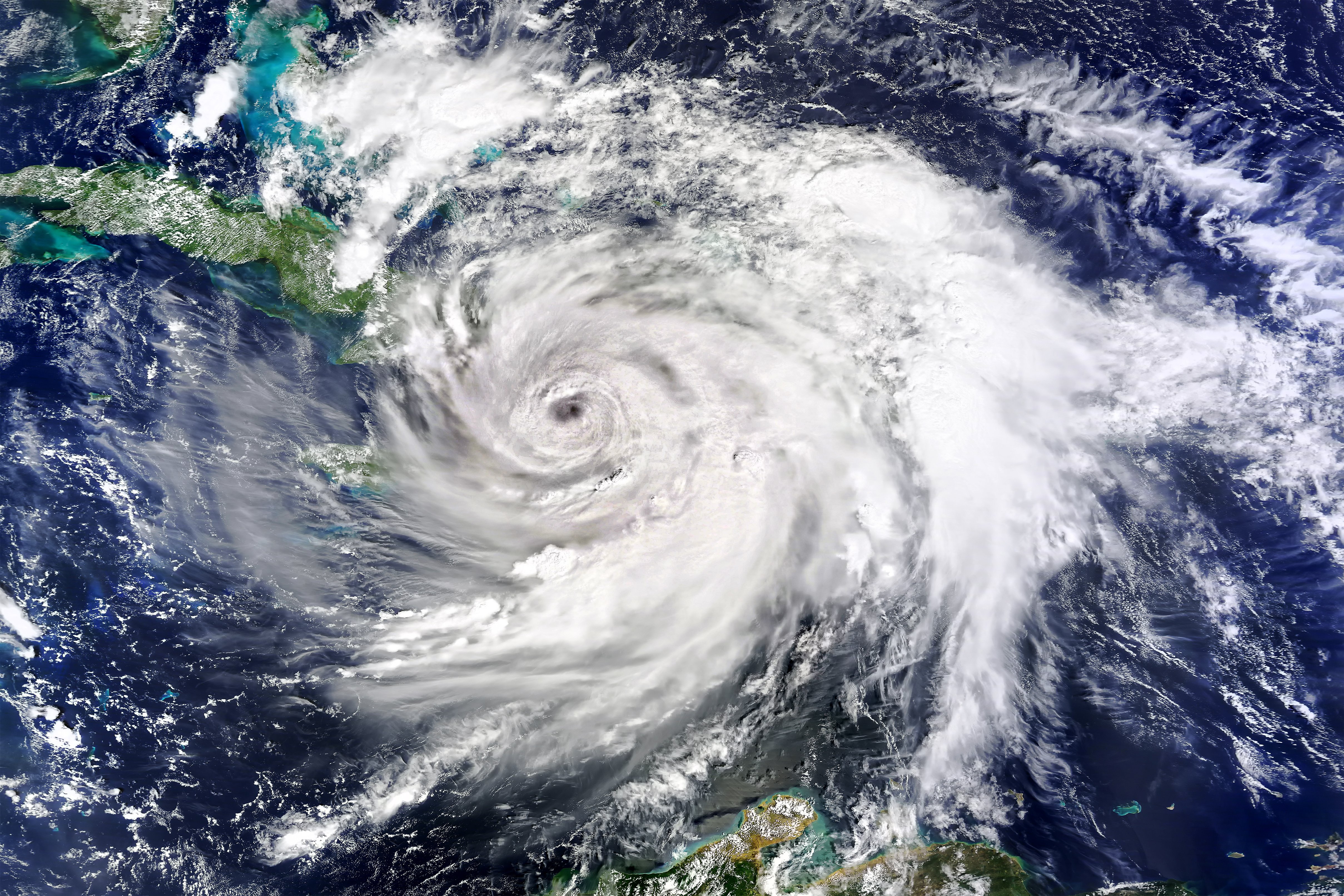It’s almost Hurricane Season (June 1st to November 30th) and time to ask yourself, are you ready? These massive storm systems carry a slew of potential threats like powerful winds, heavy rainfall, storm surges, coastal and inland flooding, rip currents, tornadoes, and landslides. Many of us are all too familiar with the devastation associated with Hurricanes and know how crucial it is to make sure you and your family are prepared before, during, and after a storm, NOW. Below are some quick touch points from Ready.gov to make sure you’ve covered your bases for whatever may come our way this season.
Before The Storm
- Know your area’s risk of hurricanes. Coastal areas are not the only ones impacted. In 2008 Hurricane Ike, swept through much of the Midwest causing widespread wind damage and power outages.
- Sign up for your community’s warning system. The Emergency Alert System (EAS) and National Oceanic and Atmospheric Administration (NOAA) Weather Radio also provide emergency alerts.
- Download the FEMA App to get real-time alerts from the National Weather Service. You can also share notifications with friends and family via text, email, and social media.
- If you are at risk for flash flooding, watch for warning signs such as heavy rain.
- Practice going to a safe shelter for high winds, such as a FEMA safe room or ICC 500 storm shelter. The next best protection is a small, interior, windowless room in a sturdy building on the lowest level that is not subject to flooding.
- Based on your location and community plans, make your own plans for evacuation or sheltering in place.
- Become familiar with your evacuation zone, the evacuation route, and shelter locations. In certain circumstances, contraflow lane reversal may also be implemented, so be sure to plan your route carefully.
- Gather needed supplies for at least three days. Keep in mind each person’s specific needs, including medication. Don’t forget the needs of pets. Since the Spring of 2020 the CDC has also recommend that you include masks, soap, hand sanitizer, and disinfecting wipes in your emergency kits to help stop the spread of COVID-19.
- Keep important documents in a safe watertight place or create password-protected digital copies.
- Protect your property. Declutter drains and gutters. Install check valves in plumbing to prevent backups. Consider hurricane shutters. Review insurance policies and keep these policies and numbers readily accessible. Pro Tip: Video your house inside and out, don’t only focus on valuables but also on structural items.
Survive During
- Follow guidance from local authorities. If advised to evacuate, grab your “go bag” and leave immediately. Do not drive around barricades.
- For protection from high winds, stay away from windows and seek shelter on the lowest level in an interior room.
- Move to higher ground if there is flooding or a flood warning. Do not climb into a closed attic. You may become trapped by rising flood water.
- Listen for current emergency information and instructions. Use a generator or other gasoline-powered machinery outdoors ONLY and away from windows.
- Do not walk, swim, or drive through flood waters. Turn Around. Don’t Drown.® Just six inches of fast-moving water can knock you down, and one foot of moving water can sweep your vehicle away. Additionally, stay off bridges over fast-moving water.
- Call 9-1-1 only if you are in life-threatening danger.

Be Safe After
- Return to the area only after authorities say it is safe to do so. Do not enter damaged buildings until they are inspected by qualified professionals.
- Do not touch electrical equipment if it is wet or if you are standing in water. If it is safe to do so, turn off electricity at the main breaker or fuse box to prevent electric shock.
- Never walk or drive on flooded roads or through floodwaters.
- Look out for downed or unstable trees, poles, and power lines. Treat all downed power lines as energized. Report all downed power lines directly to your utility.
- Be careful during clean-up. Do not remove heavy debris by yourself and work with someone else.
- Avoid wading in flood water, which can contain dangerous debris. Underground or downed power lines can also electrically charge the water.
- Wear gloves and sturdy, thick-soled shoes to protect your hands and feet.
- Do not drink tap water unless authorities say it is safe.
- Save phone calls for emergencies. Phone systems are often down or busy after a disaster. Use text messages or social media to communicate with family and friends.
- Document any property damage with photographs. Contact your insurance company for assistance. Remember those before videos you took earlier; this is where they come in handy.
For further information on how to prepare for a hurricane, check out FEMA’s guide or you can download The National Weather Service’s checklists for each of the different scenarios. Remember, should you lose power during any storm be sure to contact your utility directly to report your outage.
